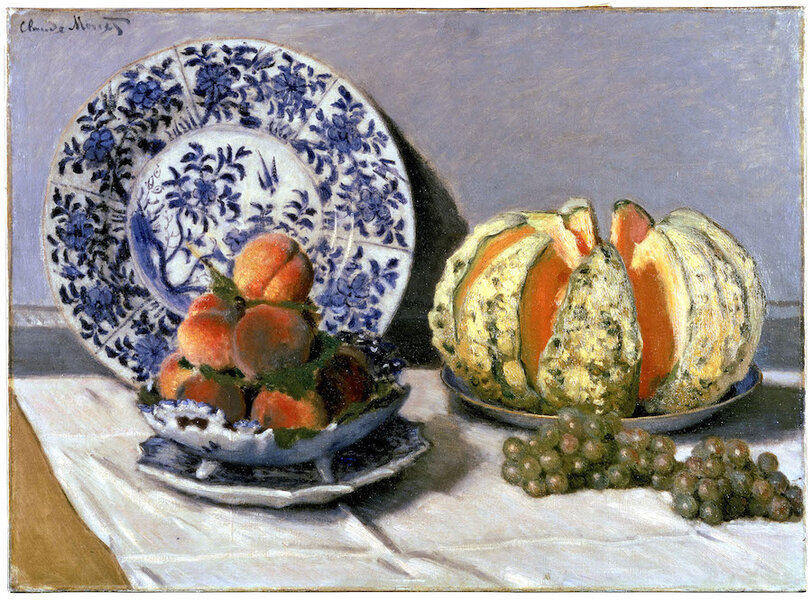Dine with Claude Monet, no time machine needed
Loading...
The artist Claude Monet is best remembered for helping to found the French Impressionist movement during the latter half of the 19th century. However, if Aileen Bordman has anything to do with it, he will soon be known for his contributions to food.
“He was a foodie before the term was coined,” Bordman laughs. “A typical meal for Monet would have included a wonderful main course with fresh vegetables such as asparagus, zucchini, Brussel sprouts, or red cabbage. And, because Normandy is too cold for wine grapes, cider was often drank in its place.”
Bordman’s film project, Monet’s Palate, narrated by Meryl Streep and including appearances by renowned chefs such as Alice Water, Daniel Boulund, Michael Richard, Steve Wynn, and Roger Vergé, explores the painter’s love for growing, eating, and sharing food.
It is also the vehicle for Bordman to preserve Monet’s work for future generations. By showcasing the house and gardens that Monet enjoyed, which are still maintained in Giverny, viewers can experience the same scenery that Monet would have.
“He was so involved!” Bordman exclaimed. “He got his hands right into the soil. It brought great joy to him to make sure the vegetable of the day and the menu was coordinated.”
Monet’s Palate blends together the world of art with the art of cooking, illuminating the common themes between the artist and chef.
“The white canvas is to the artist what the white dish is to the chef,” Bordman says, “For a chef though, it is much more ephemeral. After all, when the meal is finished, the look of it is in our memory.”
For Bordman, her project goes beyond simply documenting the way Monet would have experienced food, it’s also a chance to rethink our modern food system. After all, Monet ate local, fresh, and seasonal foods.
“Let’s not forget that Monet’s garden was organic,” Bordman said. “Part of my mission is to put a magnifying glass on the area of the world that Monet most loved and preserve his legacy in the 21st century and beyond. Not only his painting, but the way he lived.”
In addition to the film, which is now available, Monet’s Palate Cook Book will be published on May 1 and will feature 60 original recipes inspired by the herbs and gardens that Monet loved.
“I envision people replicating Monet’s gardens and his way of eating.” Bordman explained. “I think Monet would be very excited to see families around the table eating fresh food.”







